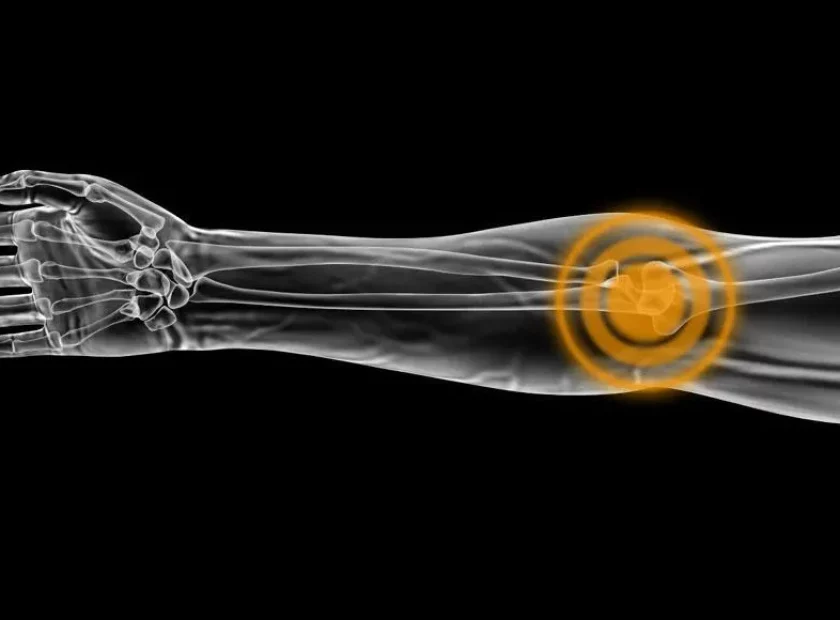Why an Elbow Ultrasound Scan is Vital for Diagnosis
In the world of medical diagnostics, advancements in technology have played a significant role in improving accuracy and efficiency. One such technology that has revolutionized the field is the elbow ultrasound scan. By harnessing the power of sound waves, this non-invasive procedure has become a vital tool for diagnosing various conditions affecting the elbow joint.
So, why is an elbow ultrasound scan so important in the diagnosis process? Let’s explore its benefits and the role it plays in identifying and treating elbow-related conditions.
First and foremost, an elbow ultrasound scan provides healthcare professionals with a detailed image of the elbow joint’s internal structures. By using high-frequency sound waves, the scan captures real-time images, allowing for a comprehensive examination of the joint’s anatomy. This imaging technique helps in detecting abnormalities, fluid accumulation, growths, or any other structural damages that may be affecting the elbow joint.
One of the primary advantages of an ultrasound scan is its ability to provide real-time imaging. Unlike other imaging techniques, such as X-rays or magnetic resonance imaging (MRI), which may require additional time for development or interpretation, ultrasound produces immediate results. The real-time images allow healthcare professionals to visualize the elbow joint in motion, evaluating its functionality and detecting any abnormalities that may only occur during specific movements or positions.
Furthermore, an elbow ultrasound scan is a non-invasive procedure that eliminates the need for surgical intervention. Traditionally, obtaining an accurate diagnosis for elbow conditions required invasive procedures or exploratory surgeries, which are not only costly but also pose certain risks and complications. With the advent of ultrasound technology, healthcare professionals can now perform a thorough assessment of the elbow joint without subjecting the patient to unnecessary invasive procedures.
Another significant advantage of an elbow ultrasound scan is its cost-effectiveness. Compared to other imaging techniques, such as MRI or computed tomography (CT) scans, ultrasound scans are relatively more affordable. This affordability makes it accessible to a broader range of patients, ensuring that everyone has the opportunity to receive a timely and accurate diagnosis for their elbow-related conditions.
Now, let’s take a closer look at some specific elbow conditions that greatly benefit from an ultrasound scan.
Tennis elbow, medically known as lateral epicondylitis, is a common overuse injury affecting the tendons in the elbow region. An ultrasound scan helps in visualizing the inflamed or damaged tendons, allowing for proper identification and targeted treatment. It also assists in differentiating tennis elbow from other similar conditions, such as golfer’s elbow or radial tunnel syndrome.
Golfer’s elbow, or medial epicondylitis, is another condition that can be effectively diagnosed using an elbow ultrasound scan. By capturing real-time images of the affected area, the scan helps in assessing the extent of the injury, identifying any tendon abnormalities, and guiding appropriate treatment options.
In addition to diagnosing tendon-related conditions, an elbow ultrasound scan is also vital in detecting joint-related issues. Conditions such as arthritis, bursitis, or synovitis can be accurately diagnosed by evaluating the joint space, identifying any erosions or fluid accumulation, and determining the overall health and functionality of the joint.
In conclusion, an elbow ultrasound scan has revolutionized the diagnosis and treatment of various elbow-related conditions. This non-invasive and cost-effective imaging technique provides healthcare professionals with detailed and real-time images of the elbow joint, allowing for accurate identification of structural damages, abnormalities, or fluid accumulation. It plays a crucial role in diagnosing conditions such as tennis elbow, golfer’s elbow, arthritis, bursitis, or synovitis. By incorporating an elbow ultrasound scan into the diagnostic process, healthcare professionals can offer more targeted and effective treatment options to their patients.





